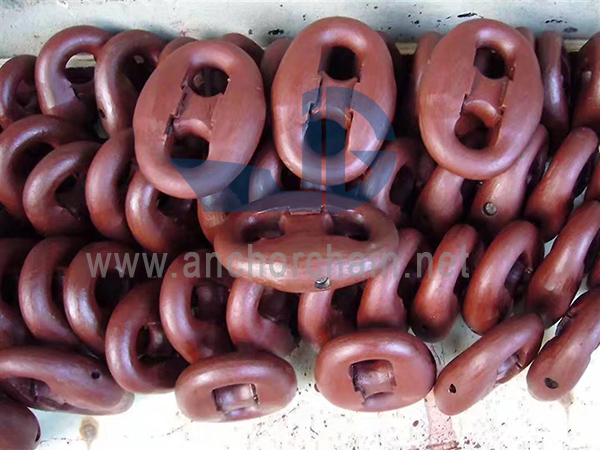Preserving Performance: The Importance of Maintenance for Connecting Link Kenters
2024-03-21
In the world of heavy-duty rigging and industrial operations, the reliability and integrity of equipment are paramount. Every component, no matter how seemingly small, plays a crucial role in ensuring the safety and efficiency of operations. When it comes to Connecting Link Kenters, proper maintenance is essential to prolonging their lifespan, preserving performance, and mitigating risks. Let's delve into the specific maintenance requirements for Connecting Link Kenters and why they are crucial for safe and efficient operations.
Understanding Maintenance Needs:
Connecting Link Kenters may seem robust and resilient, but they are not immune to wear and tear. Over time, factors such as exposure to harsh environments, heavy loads, and repetitive use can take their toll on these connectors. Without proper maintenance, Connecting Link Kenters may be prone to issues such as corrosion, fatigue, and mechanical failure, jeopardizing the safety of personnel and the integrity of equipment.
Key Maintenance Requirements:
1. Regular Inspection: Implement a routine inspection schedule to assess the condition of Connecting Link Kenters. Inspections should be thorough and encompass all components, including the main body, pins or bolts, and any locking mechanisms. Look for signs of wear, corrosion, cracks, or deformation that may indicate potential issues.
2. Cleaning: Keep Connecting Link Kenters clean and free of debris, dirt, or other contaminants that could compromise their performance. Use appropriate cleaning agents and methods to remove grime and corrosion buildup, especially in marine or corrosive environments.
3. Corrosion Protection: Apply corrosion-resistant coatings or inhibitors to Connecting Link Kenters to protect them from the effects of rust and corrosion. Regularly inspect the coating for signs of damage or deterioration and reapply as necessary to maintain effectiveness.
4. Tightening and Lubrication: Check the tightness of pins or bolts regularly and ensure they are securely fastened according to manufacturer specifications. Apply lubrication to moving parts, such as hinges or locking mechanisms, to reduce friction and prevent wear.
5. Replacement of Worn Parts: Monitor the condition of Connecting Link Kenters during inspections and replace any worn or damaged components promptly. This may include pins, bolts, or the main body of the connector. Avoid using Connecting Link Kenters with compromised integrity, as they pose a safety risk.
6. Documentation and Record-Keeping: Maintain detailed records of maintenance activities, including inspection reports, maintenance schedules, and any repairs or replacements performed on Connecting Link Kenters. This documentation helps track the history of each connector and facilitates compliance with regulatory requirements.
Conclusion:
Proper maintenance is essential for preserving the performance, reliability, and safety of Connecting Link Kenters in industrial and rigging applications. By adhering to specific maintenance requirements, operators can prolong the lifespan of these crucial connectors, minimize downtime, and mitigate risks of accidents or equipment failure. Investing time and resources in regular inspection, cleaning, corrosion protection, and replacement of worn parts ensures that Connecting Link Kenters remain steadfast allies in the complex landscape of heavy-duty operations.


